Australia is a popular destination for individuals seeking new opportunities, a higher quality of life, and a diverse cultural experience. One of the key advantages of Australian immigration policies is the ability to sponsor family members to join you in Australia. This guide outlines the various family sponsorship options available and the steps involved in bringing your loved ones to Australia.
1. Types of Family Sponsorship Visas
Australia offers several types of family sponsorship visas, each catering to different family relationships and circumstances. The main categories include:
Partner Visas
These visas allow Australian citizens, permanent residents, or eligible New Zealand citizens to sponsor their spouse or de facto partner to live in Australia.
Prospective Marriage Visa (Subclass 300): For those planning to marry their Australian partner.
Partner Visa (Subclass 820/801): For partners who are already in Australia.
Partner Visa (Subclass 309/100): For partners who are outside Australia.
Parent Visas
These visas enable parents of Australian citizens or permanent residents to live in Australia.
Contributory Parent Visa (Subclass 143): A permanent visa requiring a higher application fee.
Parent Visa (Subclass 103): A non-contributory visa with a longer processing time.
Aged Parent Visa (Subclass 804): For aged parents applying onshore.
Child Visas
These visas are for children of Australian citizens or permanent residents.
Child Visa (Subclass 101/802): For dependent children.
Adoption Visa (Subclass 102): For children adopted overseas.
Orphan Relative Visa (Subclass 117/837): For children whose parents are deceased or unable to care for them.
Other Family Visas
Remaining Relative Visa (Subclass 115/835): For individuals who have no close family other than their Australian relative.
Carer Visa (Subclass 116/836): For those who need to care for an Australian relative with a medical condition.
2. Steps Involved in the Sponsorship Process
The process of sponsoring a family member to Australia involves several important steps:
Step 1: Eligibility Check
Before starting the application, ensure both the sponsor and the applicant meet the eligibility criteria for the relevant visa category. The sponsor must be an Australian citizen, permanent resident, or eligible New Zealand citizen.
Step 2: Gather Documentation
Collect all necessary documents, including proof of relationship, identity documents, and any additional information required for the specific visa category.
Step 3: Submit an Expression of Interest (EOI)
For certain visas, such as the Parent Visa, an EOI may need to be submitted through the SkillSelect system before lodging a visa application.
Step 4: Lodge the Visa Application
Complete and submit the visa application along with the required documentation and application fee. This can typically be done online through the Department of Home Affairs website.
Step 5: Health and Character Checks
Applicants must undergo health and character checks as part of the visa process. This may include medical examinations and police clearance certificates.
Step 6: Wait for a Decision
The processing time for family sponsorship visas can vary significantly based on the visa category and individual circumstances. It’s important to regularly check the status of the application and provide any additional information requested by the Department of Home Affairs.
Step 7: Visa Grant and Travel
Once the visa is granted, the family member can make arrangements to travel to Australia. Ensure they meet any entry requirements and have a valid visa upon arrival.
Navigating the family sponsorship process can be complex, but with the right guidance and preparation, bringing your loved ones to Australia can become a reality. Consulting with a registered migration agent or legal advisor can provide invaluable assistance throughout the application process, ensuring all requirements are met and increasing the likelihood of a successful outcome.

